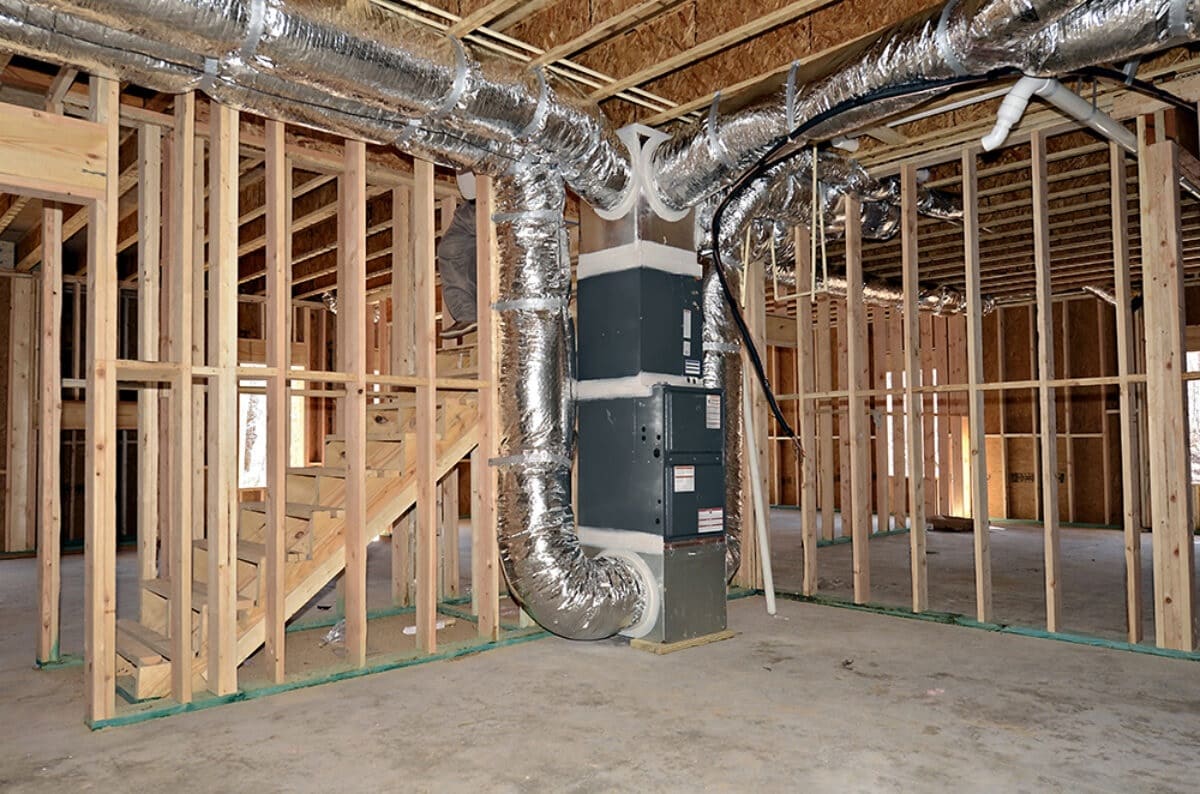

Articles
How To Hide Furnace In Middle Of Basement
Modified: May 6, 2024
Learn effective techniques to hide your furnace in the middle of your basement with our informative articles. Transform your space while maintaining functionality and aesthetic appeal.
(Many of the links in this article redirect to a specific reviewed product. Your purchase of these products through affiliate links helps to generate commission for Storables.com, at no extra cost. Learn more)
Introduction
When it comes to basements, the furnace is a necessary but often unsightly feature that can disrupt the overall aesthetics of the space. Many homeowners struggle with the challenge of hiding their furnace, especially when it is located in the middle of the basement. Luckily, with a bit of creativity and strategic design choices, you can transform this eyesore into an attractive and functional element that seamlessly blends into your basement’s overall design.
There are several factors to consider when planning how to hide a furnace in the middle of a basement. The first is safety. Ensure that any enclosure or hiding solution you choose allows for proper ventilation and doesn’t obstruct access to the furnace for maintenance or repairs. Additionally, consider the size and layout of your basement, as well as your personal preferences and budget. With these factors in mind, let’s explore some strategies for concealing that bulky furnace and turning your basement into a truly inviting space.
Key Takeaways:
- Transform your basement by hiding the furnace with creative solutions like built-in cabinets, decorative screens, or multi-functional spaces. Prioritize safety, ventilation, and design to seamlessly integrate the furnace into your space.
- Consider consulting with a professional interior designer for personalized recommendations and budget-friendly solutions to effectively hide the furnace while enhancing the overall aesthetics and functionality of your basement.
Read more: How To Hide Furnace In Laundry Room
Factors to Consider
Before diving into the various strategies for hiding a furnace in the middle of a basement, it’s essential to consider a few crucial factors. These considerations will help guide your decision-making process and ensure that you find a solution that meets both your aesthetic and practical needs.
1. Safety: Safety should always be the top priority when dealing with a furnace. Make sure that any hiding solution you choose does not obstruct the furnace’s ventilation or access points. It’s also important to comply with local building codes and regulations to maintain a safe operating environment.
2. Ventilation: Furnaces require proper air circulation and venting to function efficiently. Ensure that any enclosure or hiding solutions allow for adequate ventilation to prevent overheating and maintain the furnace’s optimal performance.
3. Accessibility: While hiding the furnace may be your goal, it’s crucial to consider accessibility for maintenance and repairs. Whatever strategy you choose, make sure it doesn’t impede easy access to the furnace. You’ll want to have a clear path to reach the furnace quickly, should any issues arise.
4. Design and Aesthetics: Your hiding solution should seamlessly integrate into the overall design and aesthetics of your basement. Consider the style and theme you want to achieve. Whether you prefer a modern, rustic, or minimalist look, you can find a hiding solution that enhances the atmosphere you desire.
5. Space and Layout: Take into account the size and layout of your basement when deciding on a hiding solution. Consider the available wall space, the proximity to other features in the basement, and how it will impact the flow of the room. Each basement is unique, and finding a solution that maximizes the available space while concealing the furnace is essential.
6. Budget: Finally, determine your budget for hiding the furnace. There are various options available, ranging from simple DIY projects to more complex custom-built solutions. Setting a budget will help you narrow down your choices and ensure that you find a solution that is both functional and affordable.
Keeping these factors in mind will help you make an informed decision. Now, let’s explore some creative strategies for hiding your furnace in the middle of your basement.
Strategies for Hiding a Furnace in the Middle of a Basement
Hiding a furnace in the middle of a basement not only improves the overall appearance of the space but also creates a more functional and enjoyable environment. Here are several effective strategies to consider:
- Creating a Dedicated Enclosure: One of the most common approaches is to build a dedicated enclosure around the furnace. This can be done using materials like drywall, wood panels, or even steel frames. Make sure to incorporate proper ventilation and access panels for maintenance.
- Incorporating Built-in Cabinets or Bookshelves: Another popular option is to integrate the furnace into built-in cabinets or bookshelves. This not only conceals the furnace but adds storage and display space to your basement. You can customize the design to match your style and create a cohesive look.
- Using Decorative Screens or Room Dividers: Decorative screens or room dividers can be an effective way to hide the furnace while adding a touch of elegance to your basement. Choose intricately designed screens or dividers that complement your aesthetic, and position them strategically to create an attractive focal point.
- Utilizing Large Furniture or Display Pieces: Repurpose large furniture or display pieces such as armoires, dressers, or cabinets to conceal the furnace. These functional pieces not only hide the furnace but also provide additional storage options. Ensure that there is sufficient airflow around the furnace to avoid any overheating issues.
- Installing a False Wall or Paneling: Consider installing a false wall or paneling that aligns with the rest of the basement’s design. This allows you to create a seamless look while still providing easy access to the furnace when needed. Choose materials that are durable and complement the overall aesthetics of your basement.
- Employing Creative Camouflage Techniques: Get creative with camouflage techniques such as using murals, artwork, or wall decals to mask the presence of the furnace. By integrating these elements into the overall design of the basement, you can effectively divert attention from the furnace and create a visually appealing space.
- Designing a Multi-functional Space: If your basement serves multiple purposes, consider incorporating the furnace into a multi-functional space. For example, you can use a partition or a room divider to create a separate area for the furnace that can also serve as a home office, playroom, or storage space.
- Consulting with a Professional Interior Designer: If you’re unsure about the best hiding solution for your furnace, it’s worth consulting with a professional interior designer. They can assess your space, understand your vision, and provide customized recommendations that align with your budget and preferences.
Choose the strategy that best fits your needs, style, and budget. With a bit of creativity and thoughtful planning, you can seamlessly integrate the furnace into your basement and create a more visually appealing and functional space.
Creating a Dedicated Enclosure
Creating a dedicated enclosure is a popular and practical way to hide a furnace in the middle of a basement. This approach involves building a separate structure around the furnace to conceal it from view. Here’s how you can create a dedicated enclosure:
- Plan and Measure: Start by carefully assessing the dimensions and layout of your furnace and the surrounding area. Measure the height, width, and depth of the furnace to determine the size of the enclosure. Consider any clearance requirements for ventilation and maintenance access.
- Choose Suitable Materials: Select materials that are both durable and aesthetically pleasing. Drywall is a common choice, as it is easy to work with and can be painted or finished to match your basement’s decor. Alternatively, consider using wood panels, laminate, or other suitable materials for your desired look.
- Frame the Enclosure: Construct a frame to create the structure of the enclosure. Use lumber or metal studs to build the frame, ensuring it is sturdy and securely anchored to the floor and/or ceiling. Follow any local building codes and regulations regarding framing and structural requirements.
- Add Proper Ventilation: Incorporate proper ventilation within the enclosure to ensure the furnace receives the necessary airflow. Install vents or grilles on the walls or ceiling of the enclosure, taking care not to obstruct the furnace’s existing vents. This will help prevent overheating and maintain the furnace’s efficiency.
- Install Access Panels: It’s crucial to have easy access to the furnace for maintenance or repair purposes. Install access panels on the sides or front of the enclosure. These panels can be hinged or removable, allowing you to quickly open the enclosure when needed. Ensure that they fit securely and can be easily operated.
- Finishing Touches: Once the frame, ventilation, and access panels are in place, finish the enclosure to blend seamlessly with the rest of your basement. Apply drywall or your chosen material to the frame, ensuring a smooth surface. Paint or finish it to match your basement’s overall aesthetic.
- Accessorize and Decorate: Consider adding decorative elements to the enclosure to further enhance its integration into your basement’s design. Incorporate shelves, artwork, or lighting to create a visually appealing focal point. However, be mindful not to clutter the enclosure or obstruct the flow of air.
Creating a dedicated enclosure requires careful planning and construction, but it provides an effective solution for hiding a furnace in the middle of a basement. By following these steps, you can successfully conceal the furnace while maintaining easy access for maintenance and repair needs.
Incorporating Built-in Cabinets or Bookshelves
An elegant and functional approach to hiding a furnace in the middle of a basement is by incorporating built-in cabinets or bookshelves. This strategy not only conceals the furnace but also adds storage space and enhances the overall aesthetics of your basement. Here’s how you can incorporate built-in cabinets or bookshelves:
- Assess the Space: Evaluate the available space surrounding the furnace and determine the dimensions and layout required for the cabinets or bookshelves. Consider the height, width, and depth needed to accommodate the furnace and any additional storage or display items you desire.
- Choose Materials and Design: Select high-quality materials that match your basement’s style and decor. Wood is a popular choice for its durability and versatility, but you can also explore options like laminate or metal. Consider the design of the cabinets or bookshelves, ensuring they blend seamlessly with the rest of your basement’s aesthetic.
- Custom or Pre-made: Decide whether you want to create custom-built cabinets or use pre-made options. Custom-built cabinets allow for more flexibility in design and can be tailored specifically to your space. However, pre-made cabinets or bookshelves can be a convenient and cost-effective option, provided they fit the dimensions you require.
- Strategic Placement: Determine the best location for the cabinets or bookshelves around the furnace. Consider how they will integrate with the existing layout and other elements of your basement. Ensure that there is adequate space for airflow and maintenance access to the furnace.
- Functional Storage: Design the cabinets or bookshelves to provide functional storage options. Incorporate drawers, shelves, or adjustable compartments to maximize space and accommodate items such as books, decor items, or electronics. Consider including doors or concealed compartments to hide the furnace while maintaining easy access for maintenance.
- Safety Considerations: Pay attention to safety when incorporating built-in cabinets or bookshelves. Ensure that the materials and construction are sturdy and able to support the weight of the items you plan to store. Install proper ventilation within the cabinets or bookshelves to prevent overheating.
- Finishing Touches: Apply the desired finish, such as paint, stain, or varnish, to the cabinets or bookshelves to match your basement’s overall aesthetic. Install any hardware, such as knobs or handles, that complements the design. Consider adding decorative elements, such as lighting or trim, to further enhance their visual appeal.
Incorporating built-in cabinets or bookshelves allows you to seamlessly hide the furnace in the middle of your basement while providing additional storage space and enhancing the overall functionality of the room. By following these steps, you can achieve a stylish and efficient solution to camouflage the furnace in your basement.
Read more: How To Hide Pipes In Basement
Using Decorative Screens or Room Dividers
Using decorative screens or room dividers is a creative and visually appealing way to hide a furnace in the middle of a basement. This approach not only conceals the furnace but also adds a touch of elegance and style to your space. Here’s how you can effectively use decorative screens or room dividers to hide the furnace:
- Select the Right Screen or Divider: Choose decorative screens or room dividers that complement your basement’s overall aesthetic. Consider the style, color, and materials that will best suit the space. Options vary from intricately designed wooden screens to modern metal dividers, so find one that aligns with your desired look.
- Strategic Placement: Determine the ideal placement for the screen or divider to effectively hide the furnace. Consider the size and shape of the area around the furnace and how the screen or divider will fit within the layout of your basement. Ensure that there is adequate space for airflow and maintenance access to the furnace.
- Enhance Visual Appeal: Make use of the screen or divider as a decorative element by incorporating elements like artwork, mirrors, or shelving into its design. This will not only hide the furnace but also create an attractive focal point in your basement. Consider adding lighting to further highlight the screen or divider’s aesthetic features.
- Ensure Proper Ventilation: When using a screen or divider to hide the furnace, it’s important to ensure proper ventilation. Avoid blocking the furnace’s vents or obstructing the flow of air. If necessary, create openings or cutouts in the screen or divider to maintain adequate airflow around the furnace.
- Consider Mobility: If you prefer flexibility or need to access the furnace frequently, opt for mobile or folding screens or dividers. This allows you to easily move or fold them away when necessary, granting convenient access to the furnace while maintaining the ability to hide it when not in use.
- Coordinate with Room Decor: Ensure that the screen or divider coordinates with the rest of your basement’s decor. Consider the colors, patterns, and textures that will best complement the overall aesthetic. Make sure the screen or divider doesn’t clash with other elements in the room but rather enhances the visual harmony of the space.
- Integrate Functionality: Look for screens or dividers that offer additional functionality. Some options may include built-in shelving, storage compartments, or even sliding panels. By incorporating practical features, you can optimize the use of space while effectively hiding the furnace.
Using decorative screens or room dividers offers a stylish and versatile solution to hiding a furnace in the middle of your basement. By following these steps, you can seamlessly blend the furnace into your space while adding a touch of elegance and functionality.
Consider building a small closet around the furnace to hide it in the middle of the basement. This can be done with drywall and a door for easy access. Make sure to leave enough space for proper ventilation.
Utilizing Large Furniture or Display Pieces
Another effective strategy for hiding a furnace in the middle of a basement is to utilize large furniture or display pieces. This approach not only conceals the furnace but also adds functionality and aesthetic appeal to your space. Here’s how you can effectively utilize large furniture or display pieces to hide the furnace:
- Evaluate Available Space: Assess the dimensions and layout of your basement to determine the suitable size and type of furniture or display pieces that can effectively hide the furnace. Consider the height, width, and depth required to accommodate both the furnace and the desired item.
- Select the Right Furniture: Choose large furniture or display pieces that not only fit the space but also match your basement’s overall style and aesthetic. Options such as armoires, dressers, or cabinets can effectively hide the furnace while providing additional storage or display space.
- Prioritize Ventilation: Ensure proper ventilation for the furnace when utilizing large furniture pieces. Avoid blocking the furnace’s vents or obstructing the airflow around it. Leave sufficient space between the furniture and the furnace for proper ventilation to prevent overheating.
- Position Strategically: Determine the ideal placement for the furniture or display piece to effectively hide the furnace. Consider the layout of the room and how the piece will fit within the overall design. Ensure that there is adequate space for ventilation and easy access to the furnace when needed.
- Accessorize and Decorate: Enhance the visual appeal of the furniture or display piece by accessorizing and decorating it. Add decorative items like vases, sculptures, or artwork on top of the furniture. Consider incorporating lighting to showcase the piece and create a focal point in your basement.
- Clever Storage Solutions: Utilize the storage capabilities of the furniture or display piece to maximize functionality in your basement. Consider options with drawers, shelves, or compartments to store items while effectively hiding the furnace. Keep in mind the weight-bearing capacity of the furniture to ensure it can safely accommodate your storage needs.
- Ensure Accessibility: While the goal is to hide the furnace, it’s important to ensure easy access for maintenance or repairs. Choose furniture or display pieces that allow you to easily reach the furnace if necessary. Consider options with removable panels or hinged doors that provide convenient access when needed.
- Coordinate with Room Decor: Ensure that the furniture or display piece coordinates with the overall decor of your basement. Consider the color, material, and style of the piece to ensure it blends seamlessly with the rest of the room. Maintaining visual harmony will enhance the overall aesthetic appeal of your space.
Utilizing large furniture or display pieces is a practical and stylish way to hide a furnace in the middle of your basement. By following these steps, you can effectively camouflage the furnace while adding functionality and visual interest to your space.
Installing a False Wall or Paneling
Installing a false wall or paneling is an effective strategy for hiding a furnace in the middle of a basement. This approach allows you to create a seamless and cohesive look while concealing the furnace from view. Here’s how you can install a false wall or paneling:
- Plan the Design: Determine the layout and design of the false wall or paneling. Consider the available space, dimensions of the furnace, and how the false wall will blend with the rest of your basement’s aesthetic. Decide on the material, color, and texture of the wall or paneling that best suits your preferences.
- Prepare the Construction Area: Clear the area where the false wall will be installed. Remove any items or obstacles that might hinder the installation process. Ensure the surface is clean and smooth, providing a suitable foundation for the false wall or paneling.
- Frame the False Wall: Build a sturdy frame for the false wall using lumber or metal studs. Install vertical studs at regular intervals along the designated area to provide support for the paneling. Ensure the frame is securely anchored to the floor and ceiling.
- Add Insulation: Consider adding insulation within the frame to enhance soundproofing and thermal insulation. Insulation will help regulate the temperature and reduce noise, creating a more comfortable environment in your basement.
- Attach the Paneling: Install the chosen paneling material onto the frame of the false wall. Securely attach the panels, ensuring they fit snugly and cover the entire surface of the wall. Use nails, screws, or adhesive appropriate for the selected material to ensure a secure and durable installation.
- Ensure Ventilation: Incorporate proper ventilation within the false wall to maintain airflow and prevent overheating of the furnace. Install vents or grilles in strategic locations that allow for the free flow of air. Be sure not to block the furnace’s existing ventilation system.
- Finish the Wall: Once the paneling is securely attached, finish the false wall to blend with the rest of your basement’s design. Paint or apply a suitable finish to the paneling, ensuring it matches the color scheme and style of the space. Consider adding trim or molding for a polished and cohesive look.
- Accessorize and Decorate: Enhance the visual appeal of the false wall by accessorizing and decorating it. Incorporate artwork, shelving, or lighting to create an attractive focal point. Make sure not to clutter the false wall, ensuring it remains a clean and visually pleasing element in your basement.
By installing a false wall or paneling, you can effectively hide the furnace in the middle of your basement while creating a seamless and visually appealing space. Follow these steps to ensure a successful installation that seamlessly integrates with the rest of your basement’s design.
Employing Creative Camouflage Techniques
Employing creative camouflage techniques is an innovative way to hide a furnace in the middle of a basement. By diverting attention and incorporating clever design elements, you can effectively mask the presence of the furnace. Here are some creative camouflage techniques you can use:
- Murals or Wall Decals: Transform the area around the furnace by painting a mural or using wall decals. Choose a design that integrates seamlessly with the rest of your basement’s theme. By creating a visually captivating backdrop, you can draw attention away from the furnace and create an appealing focal point.
- Artwork and Decorative Displays: Hang artwork or display decorative items strategically to divert attention from the furnace. Position eye-catching wall art, sculptures, or other visually appealing items in prominent areas of the basement. This helps create a visually captivating space that shifts focus away from the furnace’s presence.
- Mirrors: Utilize mirrors to give the illusion of a larger space and distract attention from the furnace. Place mirrors strategically on walls opposite the furnace to reflect light and create a sense of depth in the room. This technique not only camouflages the furnace but also enhances the overall ambiance of the basement.
- Plants and Greenery: Incorporate plants and greenery near the furnace to create a natural and visually pleasing distraction. Strategically place potted plants, hanging baskets, or vertical gardens to add a touch of nature and refresh your basement’s atmosphere. This not only helps disguise the furnace but also improves air quality.
- Lighting and Spotlights: Use strategic lighting to draw attention away from the furnace. Install overhead spotlights or track lighting to highlight certain areas of the basement, creating a visually enticing atmosphere. By effectively lighting up other features in the room, you can redirect focus from the furnace.
- Creative Wall Paneling: Consider installing decorative wall paneling to add texture and visual interest to the area surrounding the furnace. Choose paneling with unique patterns or textures that complement your basement’s design, creating an intriguing focal point. This technique adds depth and character while masking the presence of the furnace.
- Color Blocking: Introduce color blocking techniques to create visual interest and divert attention from the furnace. Paint adjacent walls in contrasting colors or use bold accents to create a vibrant and captivating space. By drawing the eye to vibrant colors elsewhere, you can minimize the visibility of the furnace.
- Creative Shelving: Install creative shelving units around the furnace to provide functional storage and aesthetically pleasing displays. Arrange books, decorative items, or personal collections on the shelves, creating an attractive focal point. This technique effectively conceals the furnace while offering additional functionality to the space.
Employing these creative camouflage techniques allows you to effectively conceal the furnace in the middle of your basement. By diverting attention and incorporating visually captivating elements, you can transform the area surrounding the furnace into an appealing and visually stimulating space.
Read more: How To Hide Water Meter In Basement
Designing a Multi-functional Space
Designing a multi-functional space is a practical and versatile approach to hiding a furnace in the middle of a basement. This strategy allows you to make the most out of the available space while seamlessly integrating the furnace into the overall functionality of the room. Here’s how you can design a multi-functional space:
- Assess Your Needs: Determine the various functions you want your basement to serve. Consider activities such as a home office, workout area, entertainment zone, or playroom. Assess your priorities and establish a clear vision for the different purposes your multi-functional space will serve.
- Zoning: Divide your basement into different zones that cater to each specific function. Plan the layout in a way that separates and defines each area. This will help create a sense of organization and allow you to effectively hide the furnace within one of the designated zones.
- Positioning: Strategically position the furnace within a zone where it is the least obtrusive. Consider placing it near a corner or against a wall, ensuring it remains accessible for maintenance purposes while minimizing its impact on the overall layout and design of the multi-functional space.
- Use Room Dividers or Furniture Arrangement: Employ room dividers or strategically arrange furniture to create a visual separation between the furnace area and the rest of the space. This allows you to effectively hide the furnace while maintaining an open and inviting atmosphere in your multi-functional basement.
- Concealment through Furniture: Opt for furniture pieces that can double as storage or cover-ups for the furnace area. For example, you can use a large bookshelf, built-in media console, or storage ottoman to effectively conceal the furnace without compromising on style or functionality.
- Flexible Furniture Options: Choose versatile and adaptable furniture options that can easily be rearranged or moved to accommodate different functions. This allows for easy customization of the space and ensures that the furnace area can be temporarily concealed when necessary.
- Lighting and Ambience: Implement suitable lighting fixtures and create appropriate ambience in each zone of the multi-functional space. This will help draw attention away from the furnace area and highlight the various functions of the room, creating a visually appealing and engaging atmosphere.
- Organization and Storage Solutions: Incorporate storage solutions throughout the multi-functional space to keep it organized and clutter-free. Utilize shelving, cabinets, or storage boxes to store items away, including those associated with the furnace area. This ensures a neat and seamless integration of the furnace within the larger space.
- Add Personal Touches: Finally, customize the multi-functional space with personal touches and decorative elements that reflect your style and preferences. Incorporate artwork, photographs, or plants to create a homely and inviting atmosphere. By focusing on the overall aesthetics of the basement, the presence of the furnace becomes less noticeable.
Designing a multi-functional space allows you to effectively hide the furnace in the middle of your basement while maximizing the room’s potential for various activities. By carefully planning the layout, using furniture and dividers strategically, and incorporating storage solutions, you can create a visually stunning and functional space that seamlessly integrates the furnace.
Consulting with a Professional Interior Designer
When it comes to hiding a furnace in the middle of a basement, sometimes the best course of action is to consult with a professional interior designer. These experts have the experience and expertise to provide personalized recommendations and design solutions that align with your specific needs and preferences. Here’s why you should consider consulting with a professional interior designer:
- Expertise and Knowledge: Professional interior designers possess specialized knowledge in space planning, color schemes, materials, and design trends. They can provide valuable insights and guidance on how to effectively hide the furnace while enhancing the overall aesthetics of your basement.
- Customized Solutions: Each basement is unique, and a professional interior designer can tailor their advice to your specific space and requirements. They will consider factors such as the size, layout, and style of your basement to create a personalized solution that effectively conceals the furnace.
- Budget Optimization: A skilled interior designer can work within your budget to provide cost-effective solutions. They can help you prioritize design elements, suggest affordable alternatives, and avoid costly mistakes, ensuring that you get the most value for your investment while effectively hiding the furnace.
- Access to Resources: Interior designers have access to a wide range of resources, including contractors, suppliers, and artisans. They can connect you with professionals who can execute the design plan and source materials at competitive prices. This saves you time, effort, and potential frustration of navigating the process on your own.
- Consideration of Safety and Functionality: A professional interior designer will prioritize safety and functionality when concealing the furnace. They will ensure that any hiding solutions comply with building codes, allow for proper ventilation, and provide easy access for maintenance needs. This ensures a harmonious blend of aesthetics, safety, and functionality.
- Creative Design Ideas: Interior designers bring creativity and innovative design ideas to the table. They can suggest unique approaches, unconventional materials, and surprising design elements that you may not have considered. With their expertise, they can transform the challenge of hiding a furnace into an opportunity to create a stunning and functional space.
- Project Management: If you prefer a hands-off approach or lack the time and expertise to oversee the project yourself, an interior designer can act as your project manager. They will coordinate with contractors, oversee the implementation of the design plan, and ensure the smooth execution of the project from start to finish.
- Enhanced Overall Result: By consulting with a professional interior designer, you can achieve an overall result that exceeds your expectations. They will consider your personal style, preferences, and goals to create a basement design that not only effectively hides the furnace but also transforms the space into a functional and visually stunning area.
By collaborating with a professional interior designer, you can benefit from their expertise, creativity, and resources to effectively hide the furnace in the middle of your basement. Their guidance and design solutions will ensure that you create a cohesive and inviting space that seamlessly integrates the furnace into the overall aesthetics of your basement.
Conclusion
Hiding a furnace in the middle of a basement can be a challenge, but with the right strategies, you can transform it into an attractive and functional element that seamlessly blends into your space. Consider factors such as safety, ventilation, accessibility, design, layout, and budget when deciding on the best hiding solution for your furnace.
Creating a dedicated enclosure, incorporating built-in cabinets or bookshelves, using decorative screens or room dividers, utilizing large furniture or display pieces, installing a false wall or paneling, employing creative camouflage techniques, designing a multi-functional space, and consulting with a professional interior designer are all effective strategies to consider.
By leveraging these strategies, you can successfully hide your furnace while enhancing the overall aesthetics, functionality, and enjoyment of your basement. Remember to prioritize safety, find solutions that suit your personal style, and ensure the appropriate ventilation and maintenance access for the furnace.
Whether you choose to enclose the furnace, integrate it into built-in furniture, or employ creative camouflage techniques, the goal should be to create a visually appealing and cohesive space that masks the presence of the furnace while offering practicality and a seamless integration into your basement’s design.
Remember, if you are unsure about the best hiding solution for your furnace or want a truly personalized approach, it’s worth consulting with a professional interior designer. They can provide expert advice, customized solutions, and bring creative ideas to the table to help you achieve the best result.
With careful planning, attention to detail, and a dash of creativity, you can successfully hide your furnace in the middle of your basement, transforming it into a stunning and functional space that you can enjoy for years to come.
Ready to tackle more projects around your house? Our guide on DIY home projects is brimming with ideas that'll help you upgrade your living space without breaking the bank. From simple repairs to creative renovations, you'll find plenty of inspiration to keep your hands busy and your home looking great. Don't miss out on these practical and fun DIY tips that can transform any area of your abode.
Frequently Asked Questions about How To Hide Furnace In Middle Of Basement
Was this page helpful?
At Storables.com, we guarantee accurate and reliable information. Our content, validated by Expert Board Contributors, is crafted following stringent Editorial Policies. We're committed to providing you with well-researched, expert-backed insights for all your informational needs.
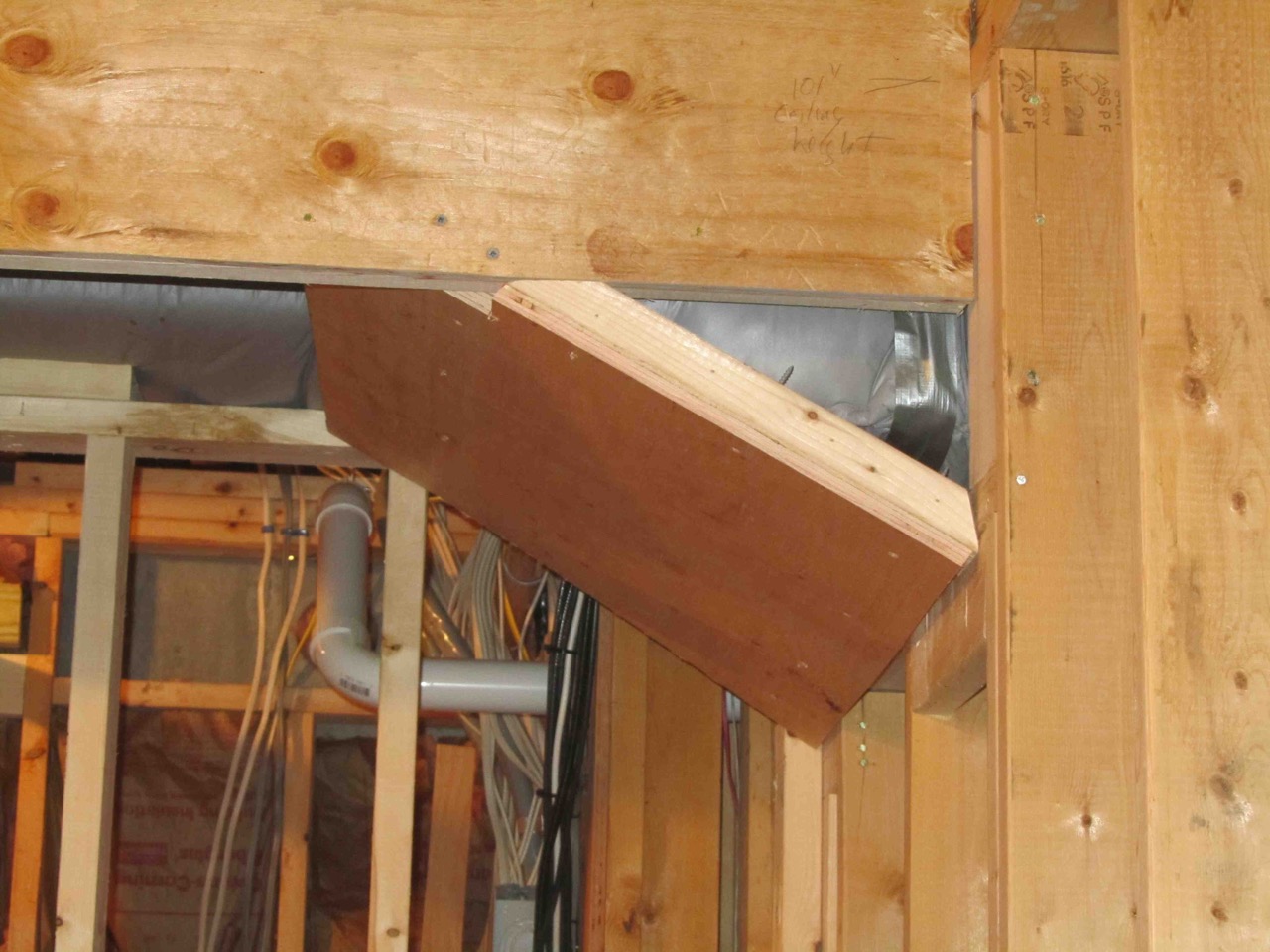
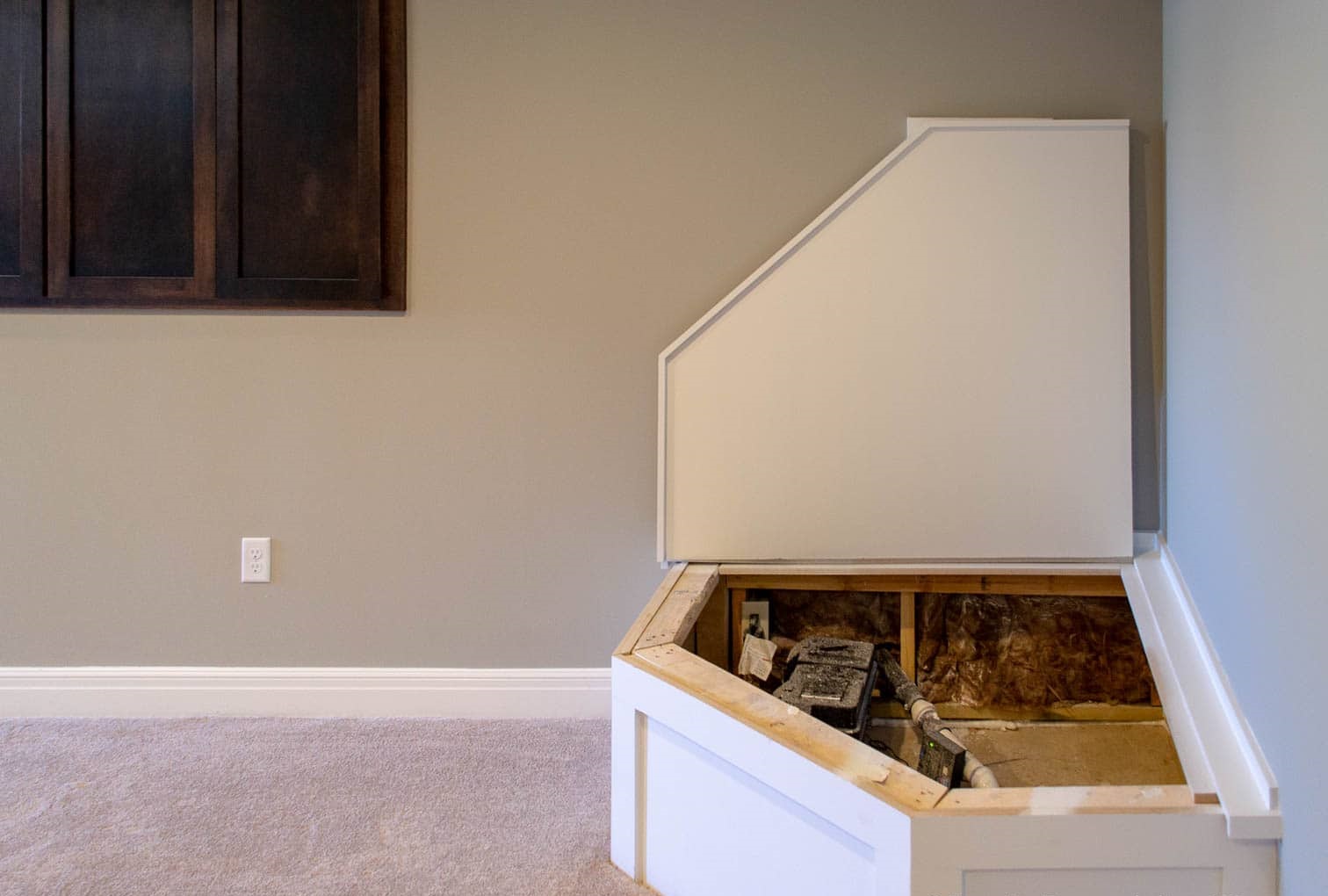
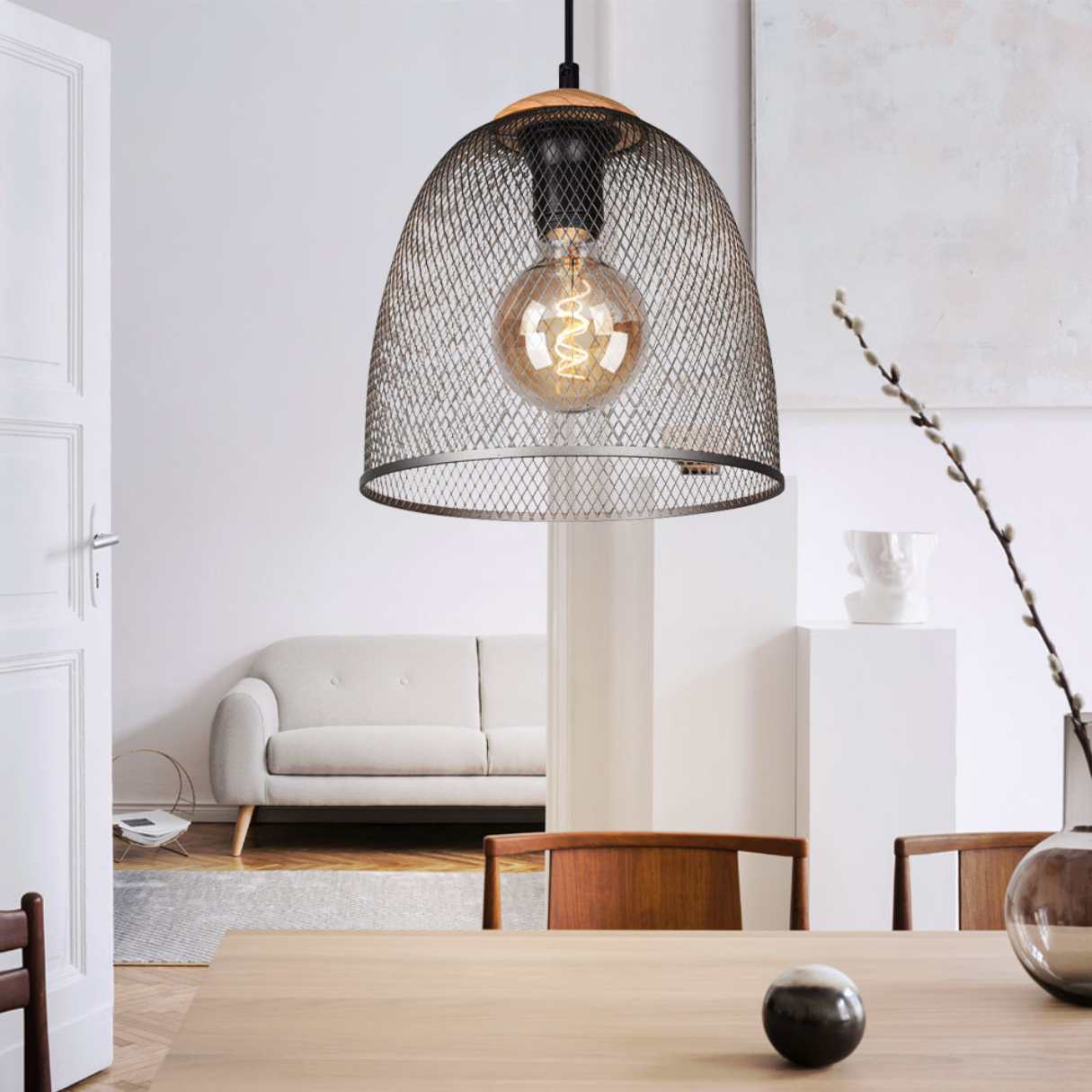
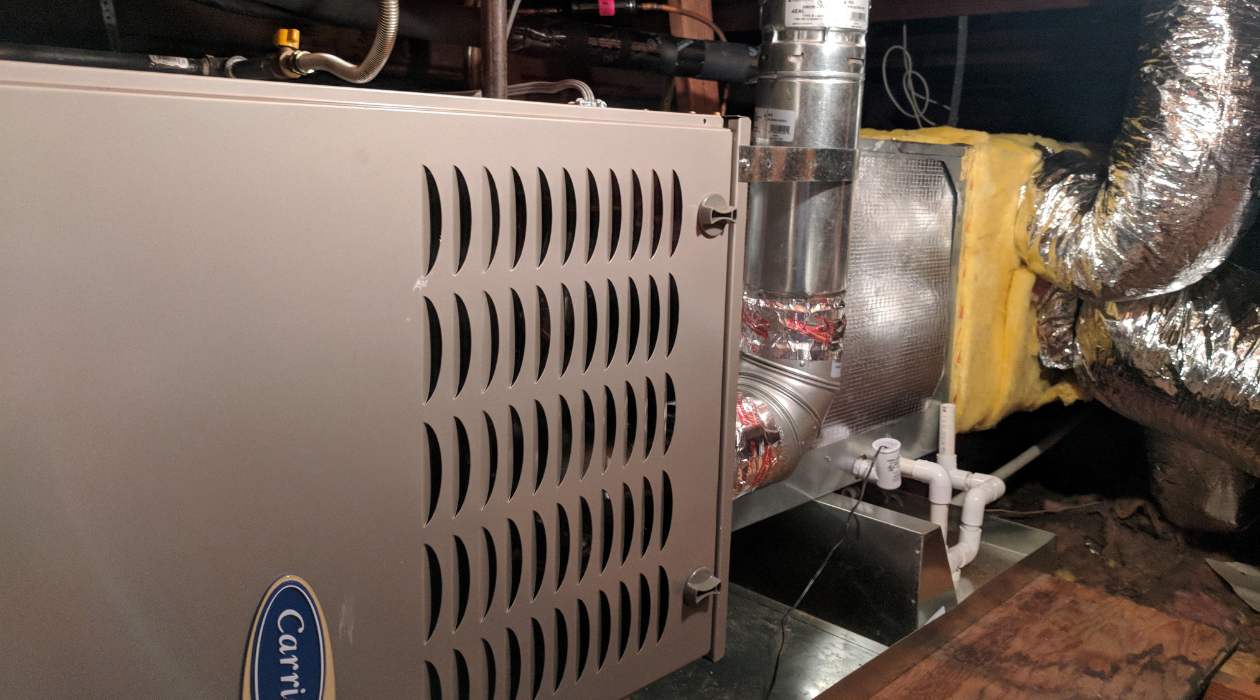
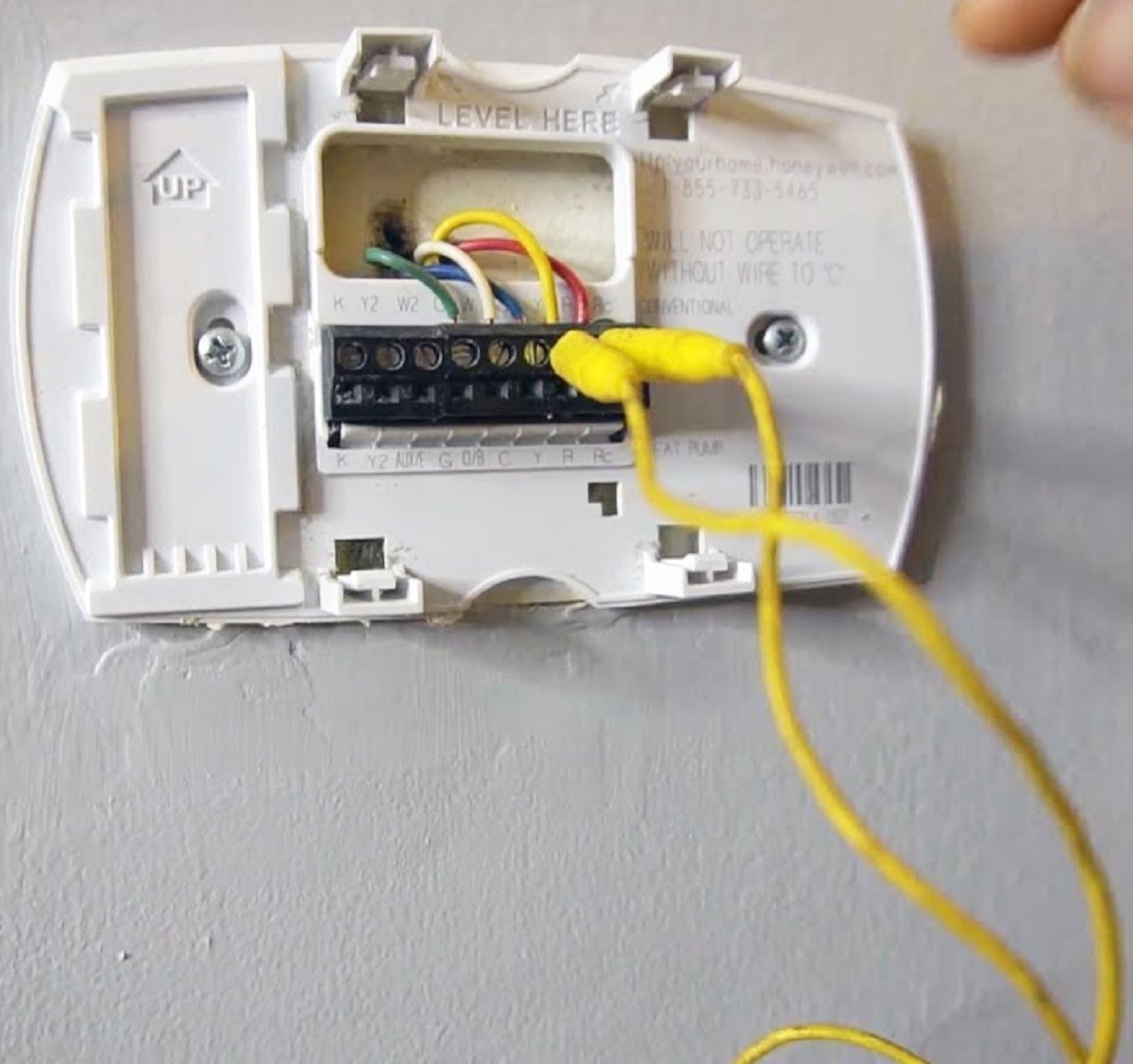
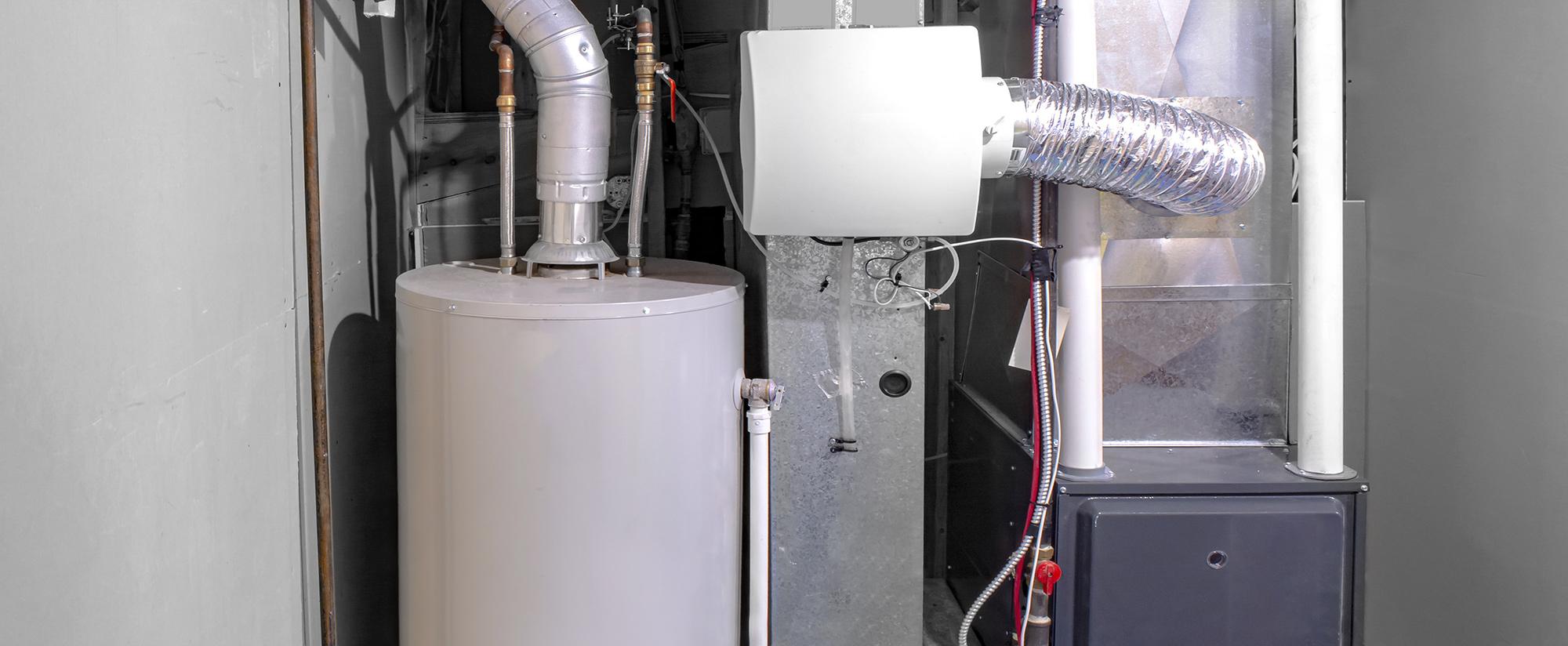
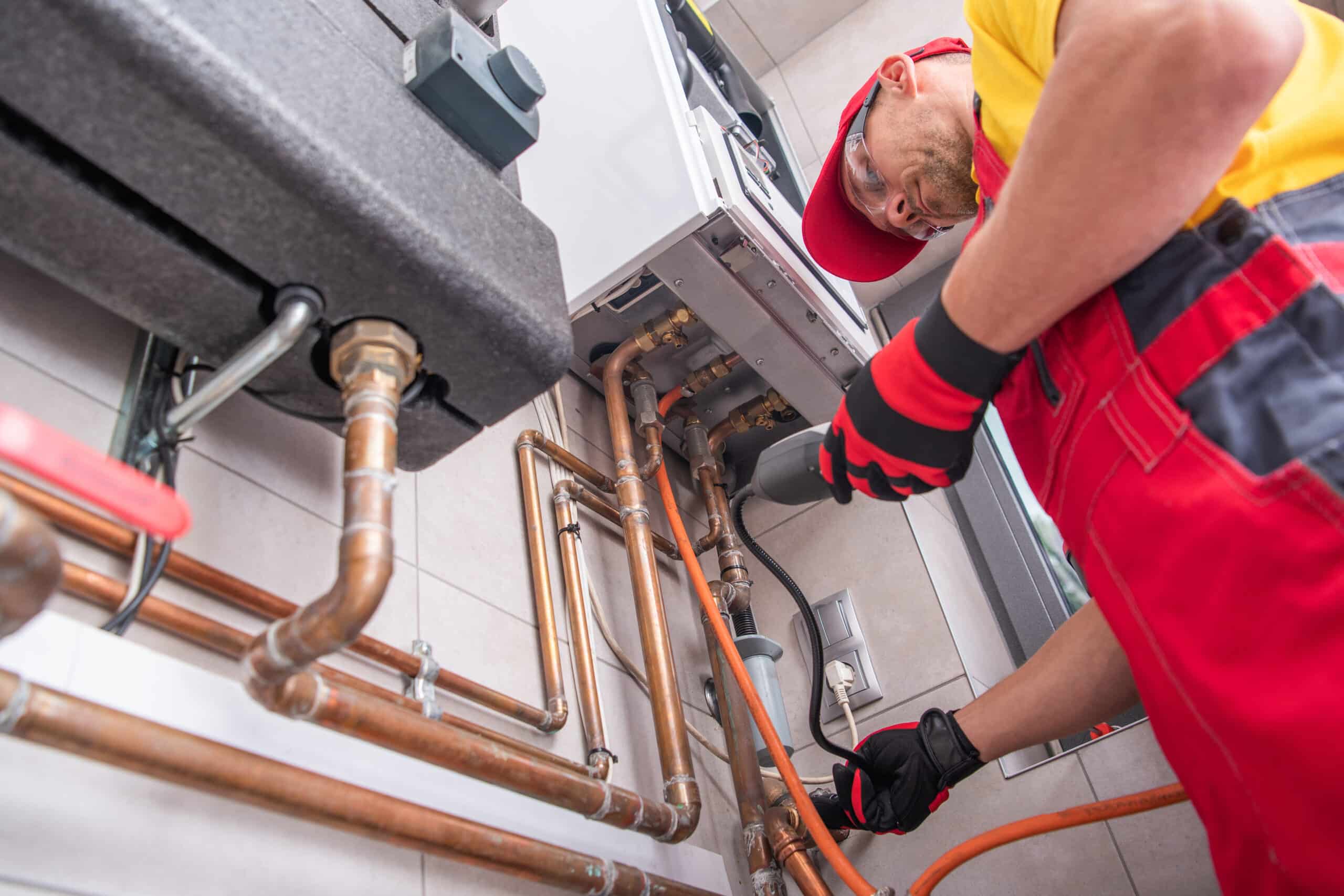


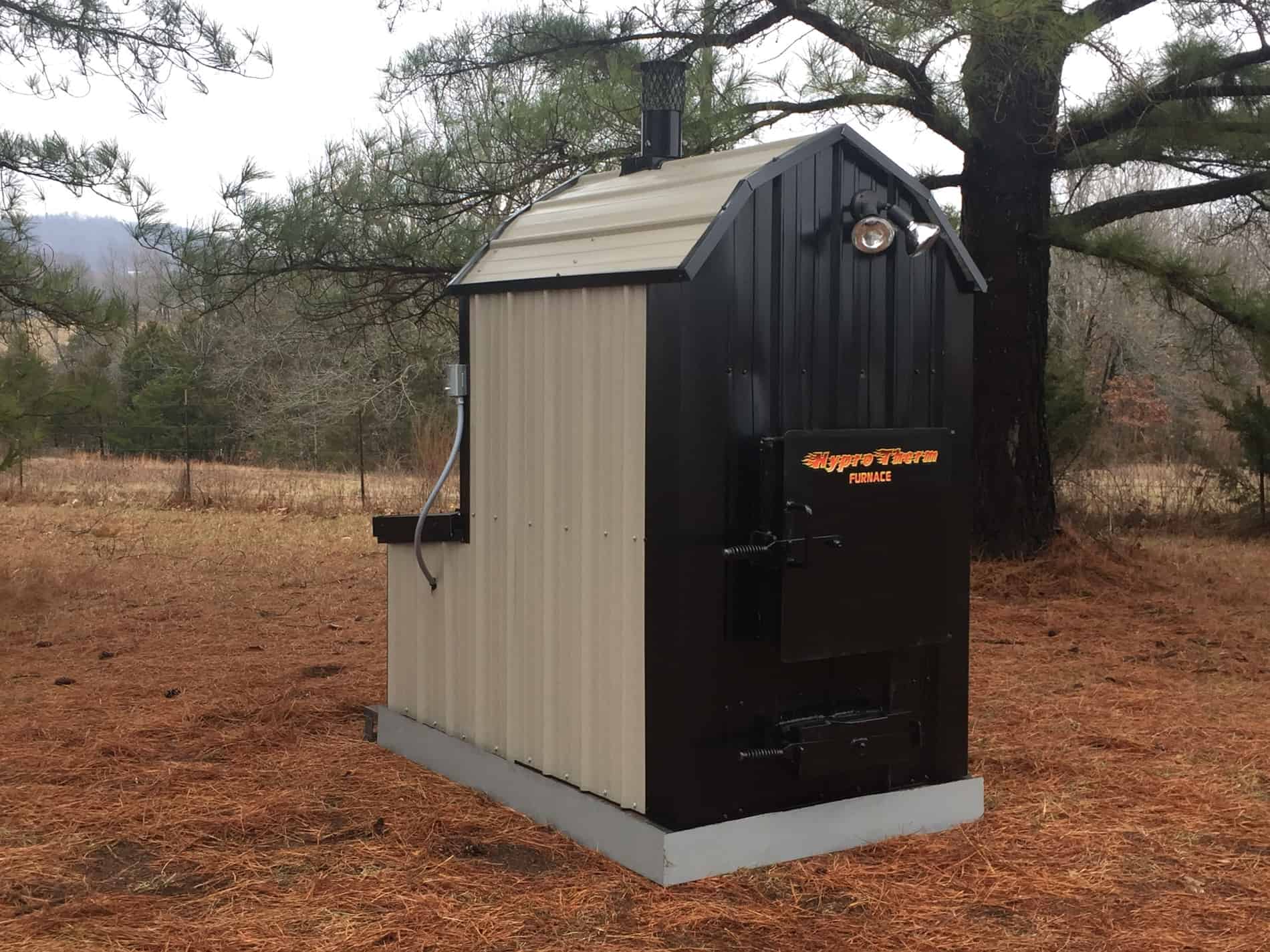
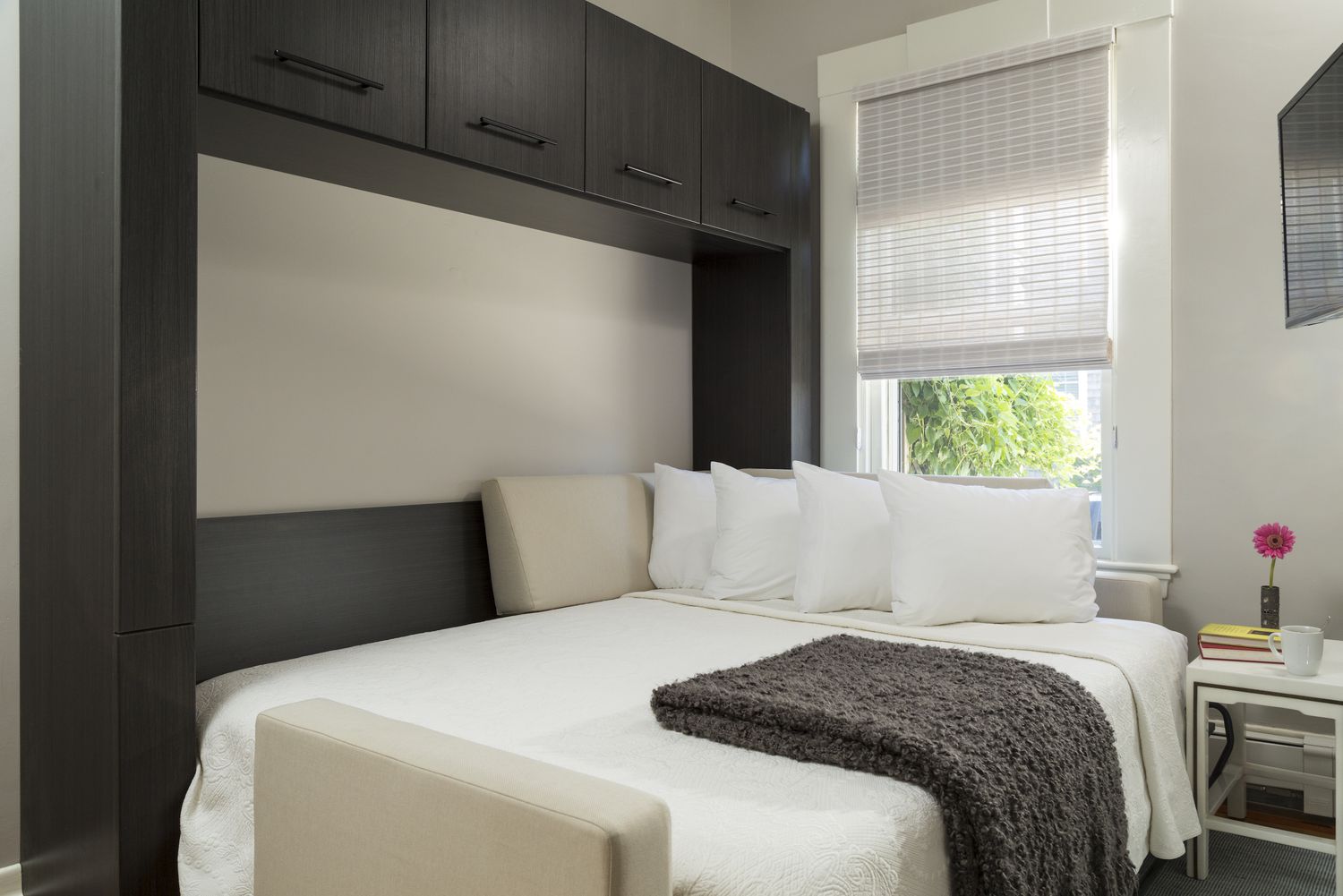
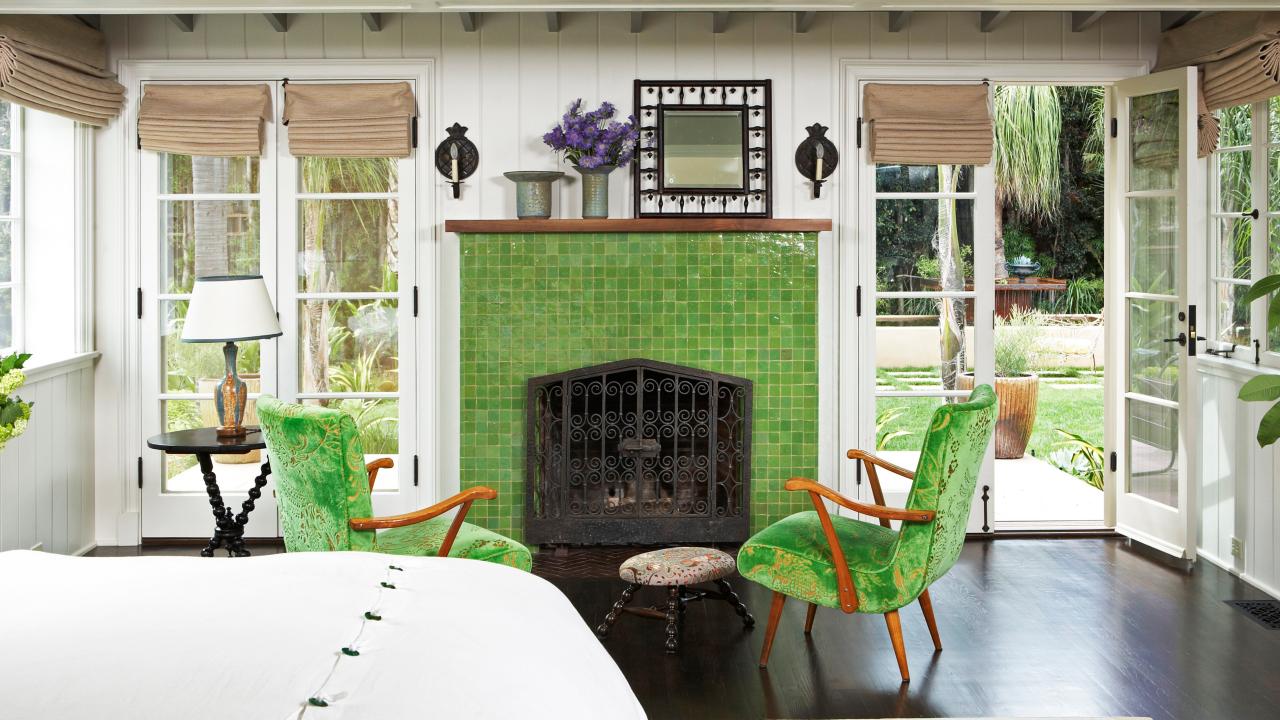


0 thoughts on “How To Hide Furnace In Middle Of Basement”